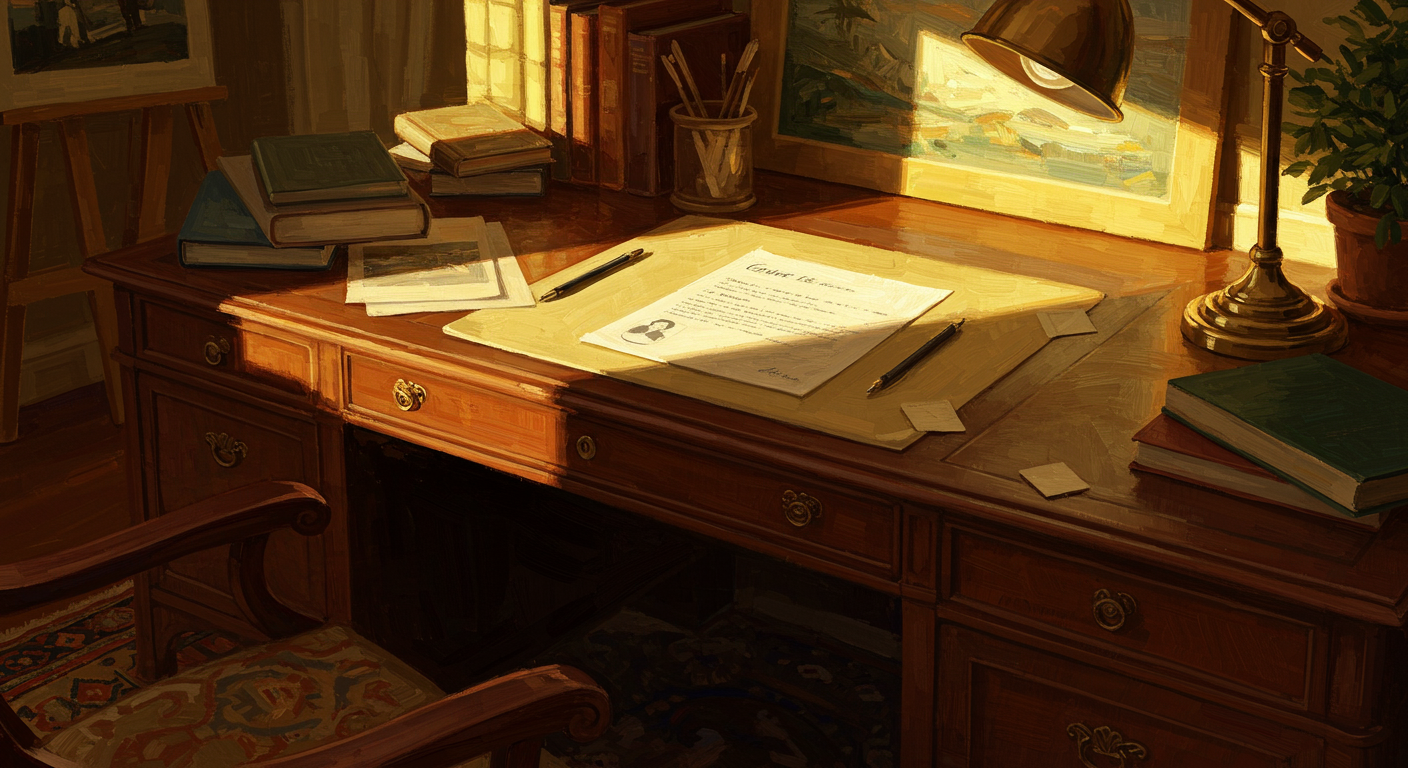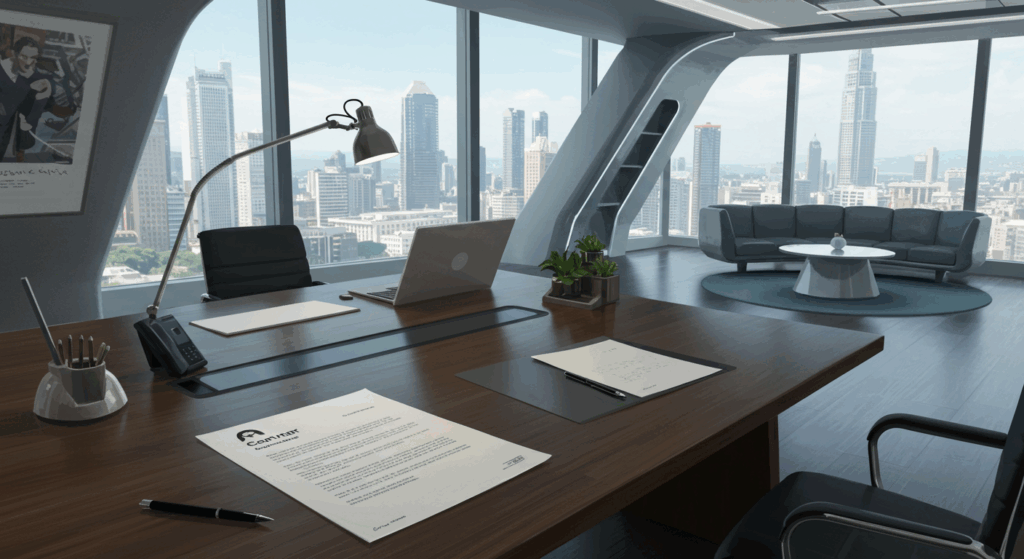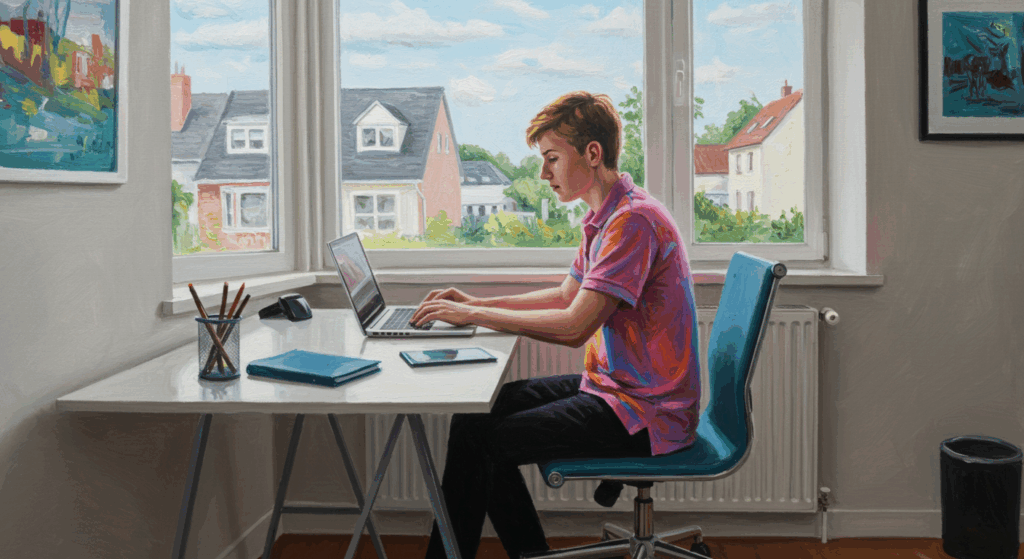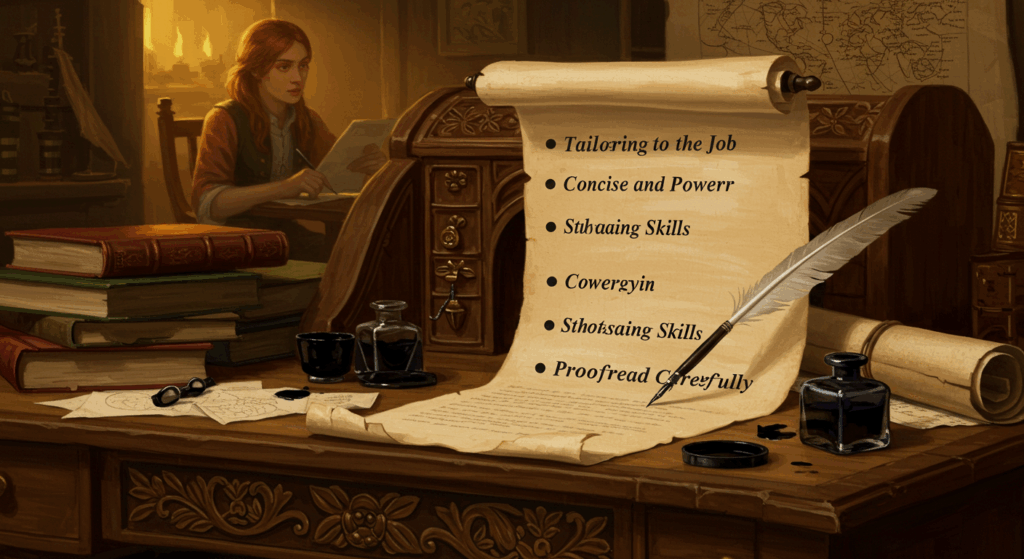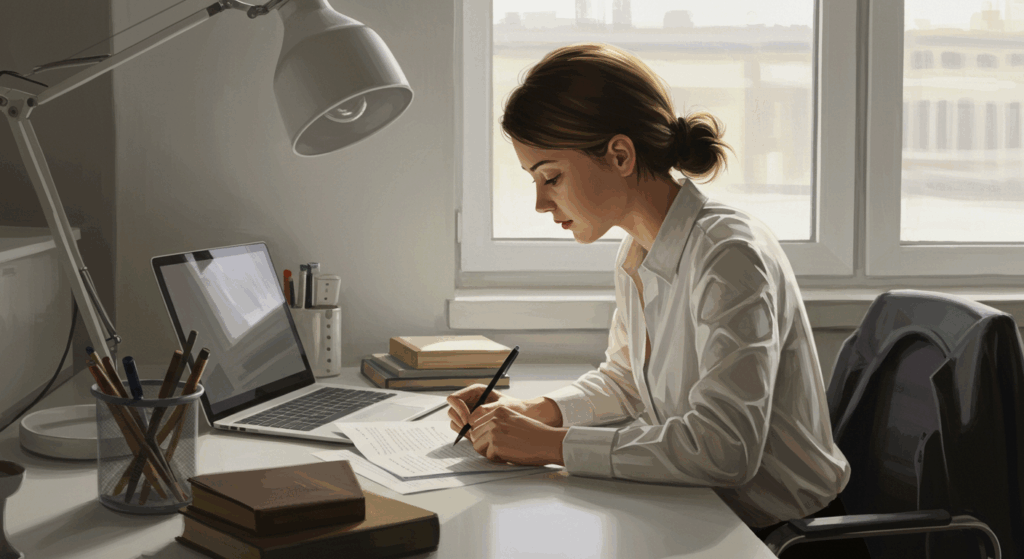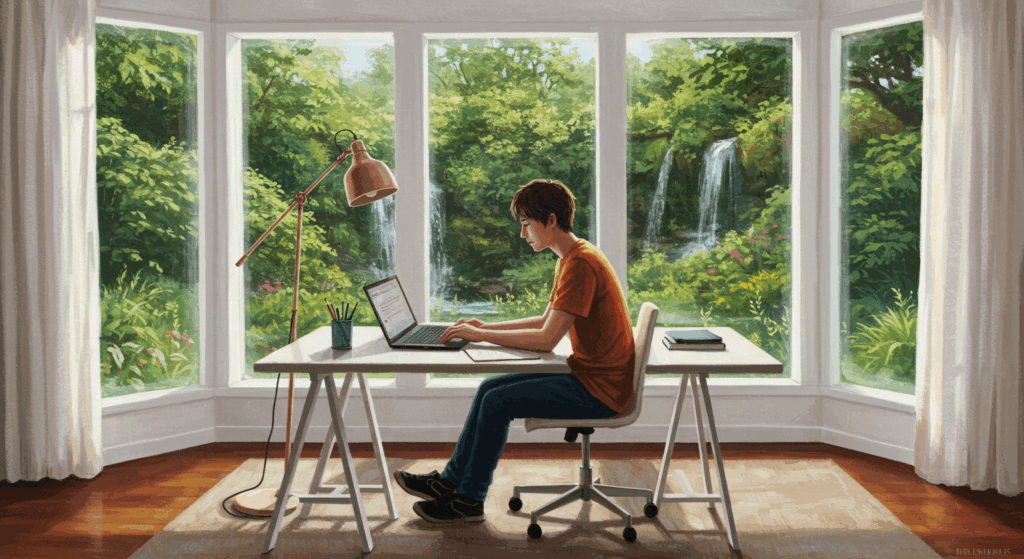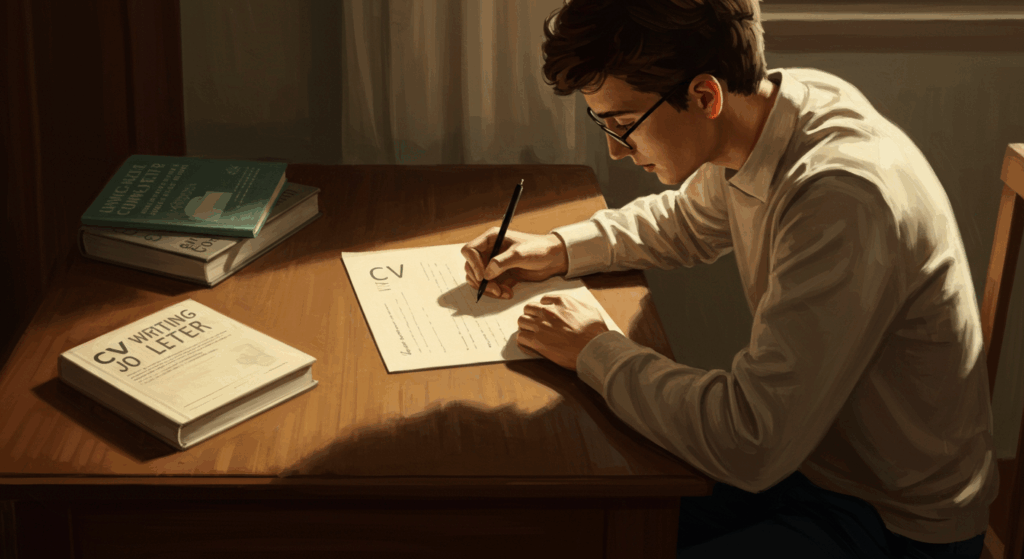So, you’re staring at a blank Google Doc titled “Cover Letter,” low-key panicking because… what even goes in this thing? Same. Honestly, cover letters can feel like the unnecessary vegetables on the side of a job application meal — like, do hiring managers really read these? (Spoiler: yeah, they do. Or at least the good ones do.)
But here’s the deal: a cover letter isn’t just busywork. Think of it as your chance to slide into an employer’s DMs — professionally. It’s your space to tell a little story, show off your personality (without oversharing like it’s a finsta), and explain why you’re not just a good fit for the job, but the fit.
Today, we’re gonna break this down in a super chill, step-by-step way. No corporate-sounding jargon, no fake robot-talk. Just real tips, examples, and a bit of honesty — because ngl, writing a cover letter sucks less when you know the formula. And yes, we’ll talk about the holy trio of introduction, body, closing, because those three sections are the skeleton that keeps your letter upright.
Grab a coffee (or iced matcha if you’re that person), and let’s do this.
Why Even Bother With a Cover Letter?
Okay, so first question: why write one at all? Isn’t your resume enough? Here’s the thing — your resume is like a Spotify playlist: a neat list of all your songs (jobs, skills, etc.) lined up. But a cover letter is more like the vibe you write in your playlist description. It tells people why the songs are there, what mood they set, and why they should hit play.
Employers use cover letters to figure out if you’re a real human being who actually wants the job, not just someone spamming “Easy Apply” at 3 a.m. They wanna see:
- Do you understand what the company does?
- Can you write like a normal person?
- Do your experiences connect to what they need?
And honestly, a great cover letter can help balance out a resume that’s not “perfect.” Like maybe you’re switching careers, or you have a gap year because life happened — this is where you get to explain it without sounding weird.
The Three Big Sections: Introduction, Body, Closing
Think of your cover letter like a little essay (ugh, flashbacks to school, I know). It has three main parts:
- Introduction – Hook ‘em. Say who you are, what job you’re applying for, and why you’re excited about it.
- Body – The juicy middle. Show off your skills, tell a story, connect your past wins to the job description.
- Closing – Wrap it up. Re-emphasize your fit, thank them, and give a polite mic drop.
We’ll dive into each one with tips + examples, but if you remember nothing else: intro, body, closing = your secret weapon.
Step 1: Nailing the Introduction
The intro is your opening line on a dating app — it can’t be too boring (“Hey”), but it also shouldn’t be too cringe (“Are you French? Because Eiffel for you”).
A solid intro should:
- Mention the role you’re applying for.
- Show a little enthusiasm.
- Maybe drop a quick compliment about the company (but keep it real, not stalkerish).
Example of a chill but professional intro:
Dear Hiring Manager,
I’m excited to apply for the Marketing Coordinator role at [Company Name]. As somone who geeks out over creative campaigns and has a knack for turning TikTok trends into actual growth strategies, I think I’d be a strong match for your team.
Notice how it’s not stiff or overdone. It’s like, “hey, I’m pumped about this, here’s why.” That’s all you need to do.
Step 2: Building the Body (a.k.a. The Good Stuff)
The body is where most people overthink and end up writing their entire life story. Don’t. Keep it focused. Think of it as a highlight reel, not a full documentary.
A few pro tips:
- Pick 2–3 main skills or experiences that match the job description.
- Back them up with mini stories or specific results (numbers if possible).
- Connect it back to the company’s needs.
Body Example:
In my previous role at XYZ Startup, I managed a content calendar that doubled our Instagram engagement in just three months. I also coordinated with influencers (yes, even the diva ones) and helped launch a brand campaign that reached over 500k users. What excites me about [Company Name] is the chance to bring this same creative energy to a team that’s known for pushing boundaries in digital marketing.
See what’s happening there? Show > Tell. Instead of just saying “I’m good at social media,” you show the receipts. Employers love receipts.
Step 3: Closing Strong (Not Awkward)
Ah yes, the ending. This is where a lot of people write something like “Thanks for your time, hope to hear from you.” Which is… fine. But we can do better.
A strong closing should:
- Reiterate your excitement.
- Thank them (politeness always wins).
- Show confidence without being cocky.
- Include a tiny call-to-action (like being open for an interview).
Closing Example:
Thank you for considering my application. I’d love the opportunity to bring my creativity and organizational skills to your team, and I’m excited about the impact we could make together. I look forward to the possibility of discussing this role further.
Boom. Professional, but still human.
Formatting & Length (Because Yes, It Matters)
- One page max – If your cover letter is longer than a meme thread, it’s too long. Aim for 3–4 paragraphs.
- Keep it clean – Use a standard font, normal size. This isn’t the place to test out your calligraphy side hustle.
- Match your resume – If your resume has a certain style (like a header with your name), copy that into your cover letter. Makes everything look like one nice package.
- Save as PDF – Sending a Word doc is like showing up to brunch without Venmo: it’s just… inconvenient.
Common Mistakes to Avoid
Look, we’ve all made cover letter mistakes. But if you can dodge these, you’re already ahead:
- Copy-pasting generic letters – Recruiters can smell a “Dear Sir or Madam” from a mile away.
- Rehashing your entire resume – Your letter should add context, not just repeat bullet points.
- Being too formal – You’re not writing a Victorian novel. Keep it professional but human.
- Being too casual – On the flip side, don’t start with “Yo, what’s up.” Balance is key.
- Typos – I know, obvious. But seriously, proofread. (I once wrote “Pubic Relations” instead of “Public Relations.” Do not recommend.)
Quick Recap Formula
If you’re a checklist person (same), here’s the barebones formula:
- Introduction – Who you are, what role you want, why you’re excited.
- Body – 2–3 highlights from your experience, tied to the job.
- Closing – Thank them, show confidence, express interest in talking more.
A Full Cover Letter Example
Here’s what it looks like when you stitch it all together:
Dear Hiring Manager,
I’m excited to apply for the Social Media Manager role at BrightWave. As someone who thrives on building online communities and turning creative ideas into measurable results, I believe I’d be a great fit for your innovative team.
In my role at XYZ Startup, I increased TikTok engagement by 150% in six months and managed collaborations with creators that boosted brand awareness across multiple platforms. I also developed campaigns that reached over 1 million impressions while staying on budget. What excites me most about BrightWave is your bold approach to storytelling and your reputation for campaigns that actually go viral (not just “we hope it does” viral).
I’d love the chance to bring my energy and skills to BrightWave’s digital team. Thank you for considering my application, and I look forward to the opportunity to chat further.
Sincerely,
[Your Name]
Final Thoughts: Don’t Stress Too Much
Here’s the truth: no one’s expecting your cover letter to be the next Great American Novel. It’s just a short, professional note that says, “Hey, I get what you’re looking for, here’s how I fit.”
Keep it short, keep it real, and don’t overthink every sentence. You don’t need to sound like a walking LinkedIn post. The combo of a good introduction, body, and closing will do the heavy lifting for you.
So, take a deep breath, crack your knuckles, and just start typing. You got this.
And hey — next time you’re stuck staring at a blank doc, remember: it’s basically just like sending a text that says, “Hey, I’m into you. Wanna grab coffee?” Except instead of coffee, it’s, you know, a job.
Now go write that letter and land the gig. 🚀

